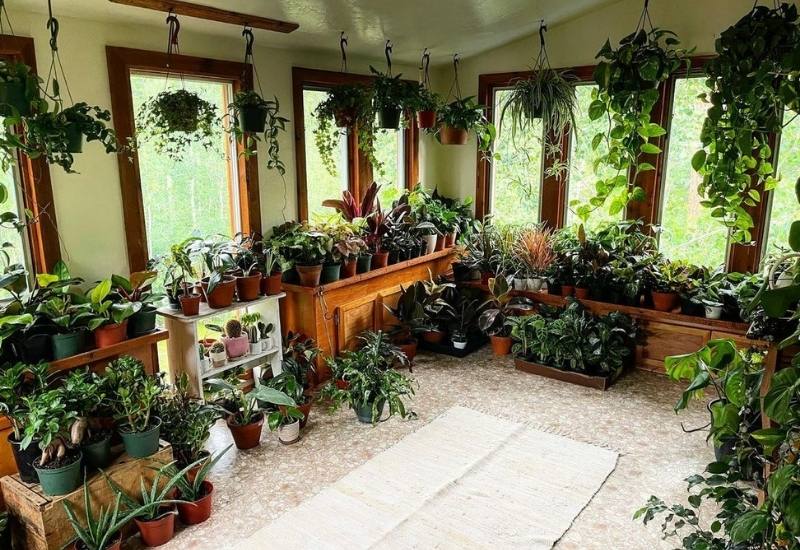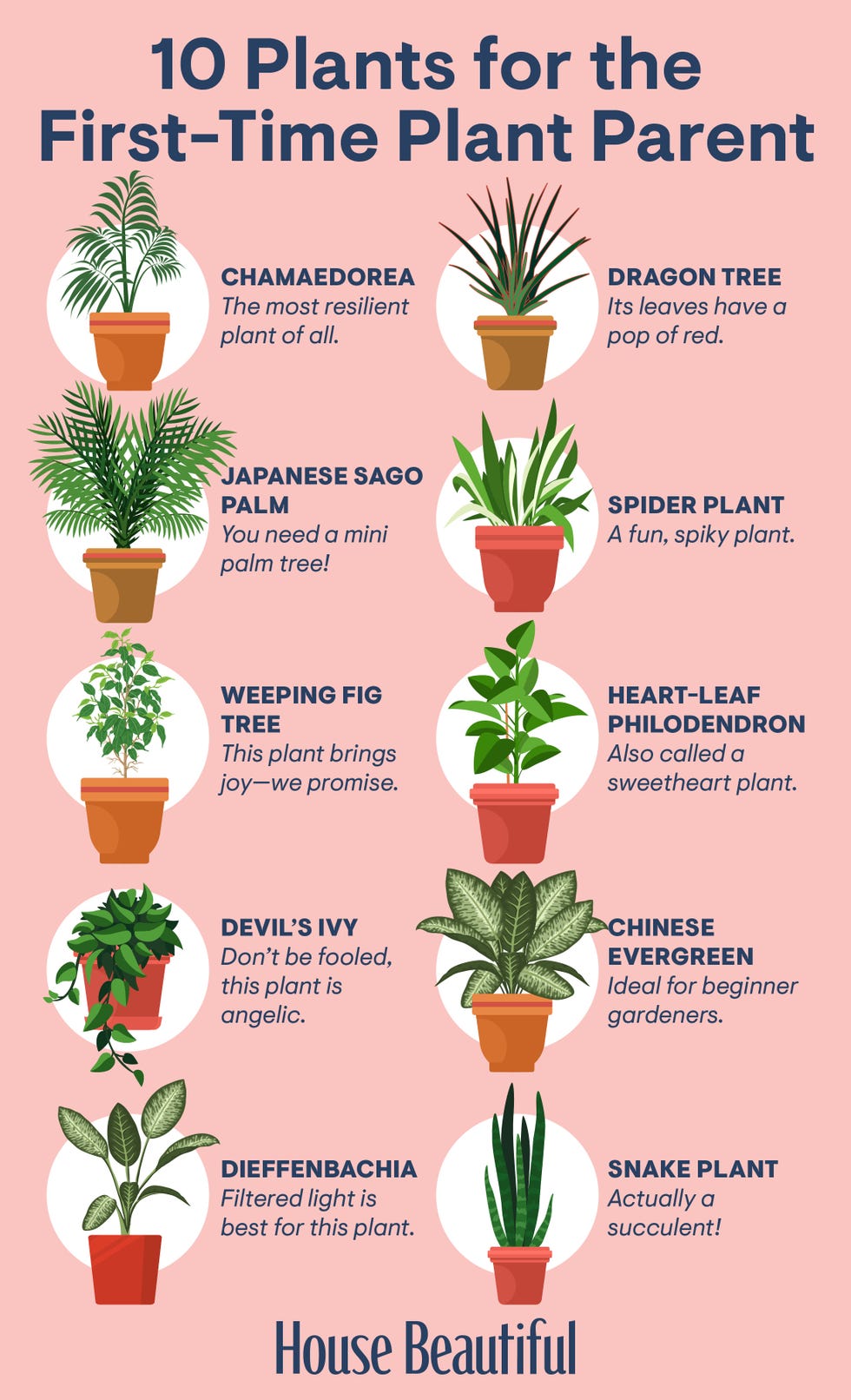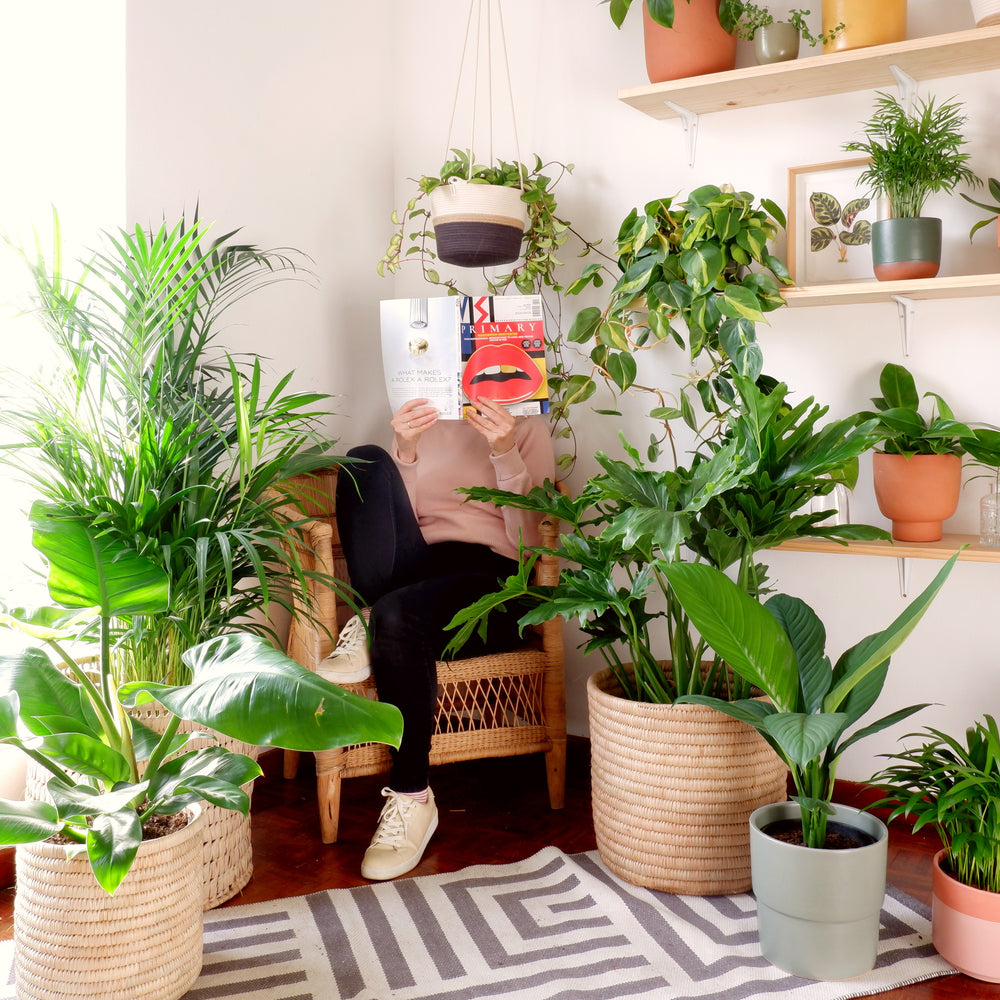Explore the One-of-a-kind Benefits of Low-Light Indoor Plants for Your Living Area
Incorporating low-light interior plants right into your living area uses a wide variety of advantages that prolong far past mere appearances. These sturdy plants not only prosper in environments with limited sunlight but likewise serve critical functions such as air purification and humidity improvement.
Air Purification Advantages
Low-light indoor plants not only improve the aesthetic appeal of living rooms however also play a significant duty in air purification. Study has demonstrated that specific plant species can properly eliminate common interior pollutants, consisting of benzene, formaldehyde, and trichloroethylene. These compounds commonly emanate from family items such as furnishings, cleansing products, and structure products, contributing to interior air quality problems.
Plants such as the serpent plant, pothos, and peace lily are especially adept at filtering harmful compounds from the air while thriving in low-light conditions. The procedure of phytoremediation, wherein plants take in and metabolize contaminants, enables these types to add significantly to a healthier interior setting. Additionally, with photosynthesis, plants launch oxygen, further improving air top quality.
Including low-light indoor plants right into home or office areas not only provides visual advantages but likewise functions as a functional technique for boosting air top quality. By picking the ideal species, individuals can produce an environment that promotes well-being and lowers direct exposure to damaging toxins, making these plants a necessary element in contemporary interior living.

State Of Mind Enhancement Results
Numerous researches have actually revealed that integrating interior plants can substantially improve mood and overall emotional health. The visibility of greenery in indoor environments has actually been connected to decreased tension levels, raised sensations of calmness, and improved emotional wellness. Low-light interior plants, particularly, grow in settings where natural light is restricted, making them best for various living spaces.
Research shows that connecting with plants can promote the release of serotonin, a natural chemical related to feelings of joy and well-being. In addition, the act of looking after plants promotes a feeling of obligation and accomplishment, more adding to favorable mental wellness results. Low-light plants such as serpent plants, pothos, and peace lilies have actually been shown to boost air high quality, which is inherently connected to mood improvement.
Incorporating these plants right into your office or home can develop a tranquil atmosphere, supplying a sensory and visual retreat from the stress of every day life - Best low-light indoor plants. As individuals invest enhancing quantities of time inside your home, the mood-enhancing effects of low-light interior plants become much more crucial, offering not only visual appeal yet also an extensive effect on emotional wellness
Reduced Maintenance Requirements
For those seeking to boost their indoor areas without a significant time commitment, low-light interior plants are an ideal option as a result of their reduced upkeep demands. These resistant plants flourish in less-than-ideal lighting conditions, making them best for homes and workplaces where natural sunlight is restricted.

Pest resistance is one more benefit of low-light indoor plants. Many varieties are much less prone to typical insects, reducing the demand for consistent monitoring and treatment. In addition, these plants usually expand much more slowly than their the original source high-light equivalents, meaning less regular repotting and pruning are required.
Visual Allure and Flexibility

Furthermore, these plants can be set up in myriad means, whether in teams for a lavish result or as standalone functions to attract the eye. The options of planter styles-- from smooth ceramic pots to rustic wooden containers-- further enhance their aesthetic worth, enabling home owners to reveal their personal style.
Moreover, low-light plants can be strategically positioned in locations that might or else feel overlooked, such as edges or poorly lit shelves, thus maximizing their decorative potential. Ultimately, the combination of their striking appearance and versatility makes low-light interior plants a beneficial enhancement to any type of living area, creating a welcoming environment that promotes health and leisure.
Improved Humidity Degrees
Enhancing interior humidity levels is just one of the substantial benefits of incorporating low-light indoor plants right into living areas. These plants naturally release wetness vapor through a procedure called transpiration, which takes place when water taken in by the origins moves via the plant and evaporates from the fallen leaves. This process not only raises humidity but likewise adds to a healthier interior environment.
Enhanced moisture levels can alleviate different wellness issues, such as completely dry skin, respiratory troubles, and allergic reactions. Numerous people experience pain in arid interior problems, particularly throughout winter season when furnace are in use. By tactically placing low-light plants throughout your home, you can create a much more well balanced moisture level that promotes total well-being.
Additionally, particular low-light interior plants, like peace lilies and spider plants, are especially reliable at increasing humidity. Their capability to grow in low-light environments makes them optimal for numerous rooms, from workplaces to bedrooms. In addition to improving moisture, these plants can also enhance air top quality by straining usual interior pollutants, making them an important addition to any type of space. Hence, low-light interior plants offer both functional and aesthetic purposes, promoting a healthier atmosphere.
Conclusion
In recap, low-light interior plants provide various advantages that add to a healthier and extra welcoming living space. Their capacity to cleanse the air, enhance state of mind, and enhance humidity degrees highlights their value as reliable decoration elements. Moreover, their reduced maintenance needs and aesthetic flexibility make them ideal for different environments. Including these resistant plants right into interior setups not only boosts the atmosphere but additionally advertises general wellness, developing a tranquil refuge for homeowners.
Plants such as the serpent plant, pothos, and peace lily are particularly skilled at filtering system dangerous substances from the air while prospering in low-light problems. Low-light plants such great post to read as snake plants, pothos, and tranquility lilies have actually been shown to boost air high quality, which is inherently linked to mood enhancement.
Low-light indoor plants, such as serpent plants, pothos, and ZZ plants, not just enhance the aesthetic have a peek at this site landscape of an area but likewise present numerous structures and tones of green that can enhance varied interior styles. These plants naturally release wetness vapor via a procedure understood as transpiration, which occurs when water taken in by the roots relocates with the plant and vaporizes from the fallen leaves.Additionally, particular low-light interior plants, like tranquility lilies and spider plants, are specifically effective at enhancing moisture.